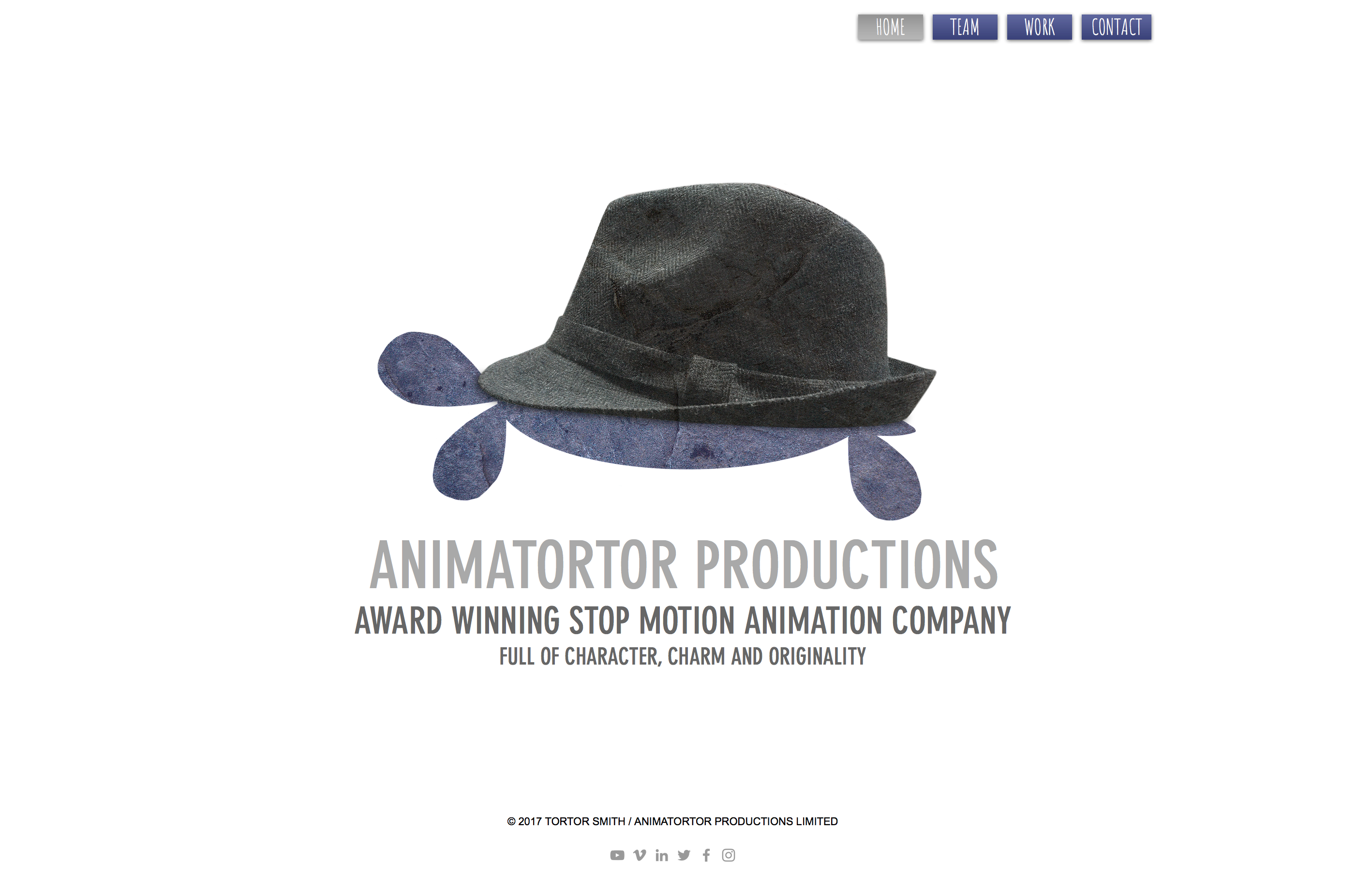Setting a Scale for your Stop Motion Film
- Tortor Smith

- Jun 17, 2022
- 2 min read
Updated: Jul 27, 2022
When creating a stop motion film it is important to think about the scale of the world you are creating before any construction begins. You want to make sure that every prop is consistent in size and to-scale with your characters.
So how big do things need to be?

This all depends on you. How much space do you have? How big do you like to work? What materials are you working with? These are all questions you need to be asking yourself.
A method I find helpful to begin with it to make cardboard characters in a range of scales to get a feel for how big things will be. On the right you can see I have made a 1:10 and 1:12 size of my character - based on my own height of 5'3" scaled down.
I was able to clearly see that 1:12 (the classic scale for dollhouses, was too small for my stop motion ambitions). 1:10 however felt about right for my requirements. I wanted something small enough to fit on a tabletop and big enough to sculpt and animate with. Some animators will prefer something even bigger than this - feature films and TV shows will tend to go for around 1:8, but there is no right or wrong here.
But how do you work out your scale?

I recently shared on Skillshare: how to make miniature books explaining the maths, it's fairly simple. My preferred method is to:
measure your real life object
divide that measurement by 100
multiply that number by your scale
Easy peasy!
So now you know your scale, what next?
You need to check that your chosen scale works with everything else. If you are going with 1:10 like me, how big does everything else need to be in your scene? Is that realistic for the space you have available?

My recent film Genre Neutral required a bank of bookshelves in the background - how big would this be?
I measured a bookcase in my home to work out the thickness the shelves should be for my 1:10 scale. I then began cutting balsa wood in the correct sizes and laid them out with my cardboard character for reference.
I played around a little with shelf spacing until I was happy that the shelves looked a good size to work with my character.

Once all the pieces were cut I also measured a real book and scaled that down to make sure it fit comfortably on my shelves too - it did.
The nice thing with books is that they are all different heights and widths... so once a rough miniature measurement was reached I had flexibility to vary that ever-so-slightly with each book to get a more natural variety of book sizes in my scene.
To Conclude
Planning and precision with stop motion is essential. Choose your scale and stick with it to ensure everything in your scene looks correct together.


Comments